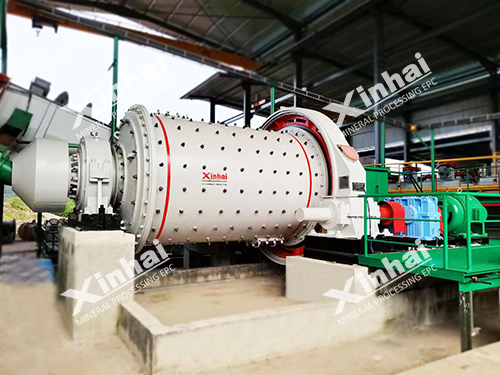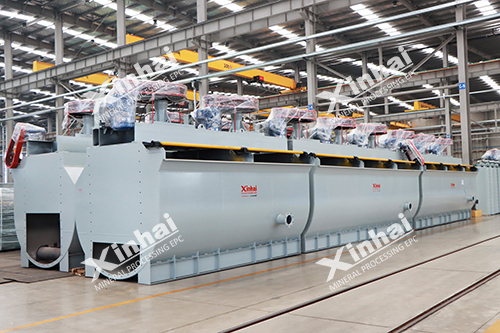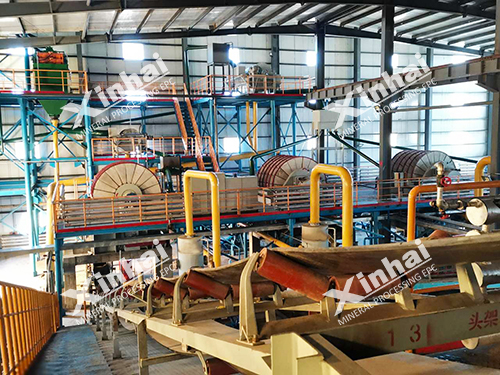
The most widely used lithium mineral. It has high lithium content (1.0–1.5% Li₂O) and is found mainly in Australia, China, and Canada. It is stable and responds well to modern processing methods.
A lithium-bearing mica. It contains rubidium and cesium as byproducts. Though lower in lithium content, it can be economical due to multi-element recovery.
Less common minerals like petalite are also used. They require more complex extraction in a lithium processing plant.
A typical lithium mining plant includes four main stages:
Crushers like jaw and cone crushers reduce ore size. Vibrating screens sort particles for the next step.
Ball mills and rod mills grind ores to fine particles. This increases lithium mineral liberation and recovery.

Flotation separates lithium minerals from waste using chemicals and air bubbles.
Gravity separation uses shaking tables or jigs for ores with clear density differences.
Magnetic separation removes magnetic impurities like iron.

Thickeners concentrate the slurry. Filter presses remove water, preparing the final lithium concentrate for transport or refining.

Ore type: Choose based on hardness and mineral composition.
Capacity: Match equipment size with production targets.
Efficiency: Opt for energy-saving machines to reduce long-term costs.
Sustainability: Our lithium processing plants support water recycling and emission control.
Built with quality materials and modern design.
Tailored solutions for small labs or full-scale lithium mining plants.
Full technical support, from installation to training.
High performance at a competitive price.
Modern lithium processing technology transforms raw ore into high-grade lithium efficiently. Choosing the right equipment and flow design is critical. Our solutions deliver performance, energy savings, and environmental compliance.
Contact us today to learn more about our lithium processing plant solutions.
Heap leaching stands out as a versatile and cost-effective method for extracting gold from low-grade ores, but its success hinges on balancing a web of interdependent factors. Here's a breakdown of its core principles, challenges, and innovations—without the jargon-heavy fluff.
Introduction to Copper Mining
